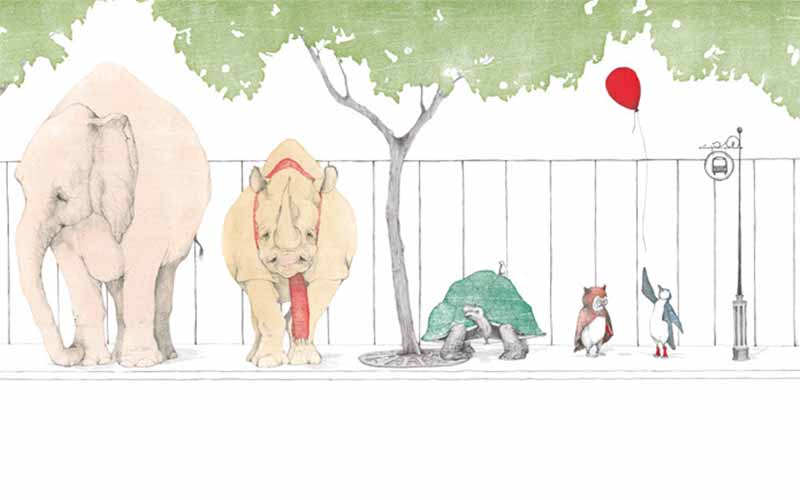TAKE-HOME STRATEGY
Fostering Empathy at Home

What It's About
Empathy means thinking about how someone else is feeling. It also involves responding to others’ needs, feelings, and emotions with kindness.
You can support your child’s understanding of Empathy by talking about how others are feeling and showing how to care for others. Talk about a variety of different perspectives with your child to help them learn about and consider others’ feelings.
Here are some ways you can support Empathy at home. Keep in mind that you can change these activities to work for you and your child based on their current abilities, interests, and what you have available at home. Make sure to use safe materials and watch your child closely during these activities.
Take a look, and try out your favorites!
How Do They Feel?
Caring Routines
Acts of Kindness
Draw a Picture
Act it Out!
Read Books
Quick Cues for Supporting Empathy at Home
Some things you might do or say to help strengthen your child’s Empathy skills
Point Out Empathy
Talk about your own or others’ acts of empathy.
This can sound like:
“They are upset. I am rocking them to help them feel better!”
“I think you are feeling sad that your friend went home. Can I sit with you for a while?”
“They have a lot of work to do. That can be frustrating. I am going to offer to help.”
Consider Others' Needs and Feelings
Help your child to consider how others are feeling.
This can sound like:
“They’re crying – I see tears. I wonder if it’s because they can’t reach their blanket.”
“The baby in our book looks like they are sad. I wonder what could be bothering them?”
“How do you think they felt when they dropped their ice cream?”
Provide Care for Others
Encourage your child to show acts of kindness and provide care to others around them.
This can sound like:
“You handed me the diaper! Thank you so much. You are a great helper.”
“The dog looks hungry. Do you think it will feel better if we feed it?”
“It was kind of you to help them up when they tripped!”
Our Book Recommendations for Empathy
Engaging stories that support children's Empathy skills

Hooray for Hat!
Written and illustrated by Brian Won, this delightful story shows how a simple act of kindness can brighten up someone else’s day by showing we care.
Have fun with it:
Ask your child what makes them feel better when they’re grumpy – and share what makes you feel better too!

A Sick Day for Amos McGee
Written by Philip C. Stead and illustrated by Erin E. Stead, this is the story of an empathetic zookeeper and his friendship with some of the animals at the zoo.
Have fun with it:
Name some different emotions, then brainstorm with your child about the kind ways you could react when a friend shows those feelings.
More Take-Home Strategies
We’re creating a library of resources like these so families and other caregivers can quickly and easily promote children’s development at home. Be sure to see all the strategies we have available!

